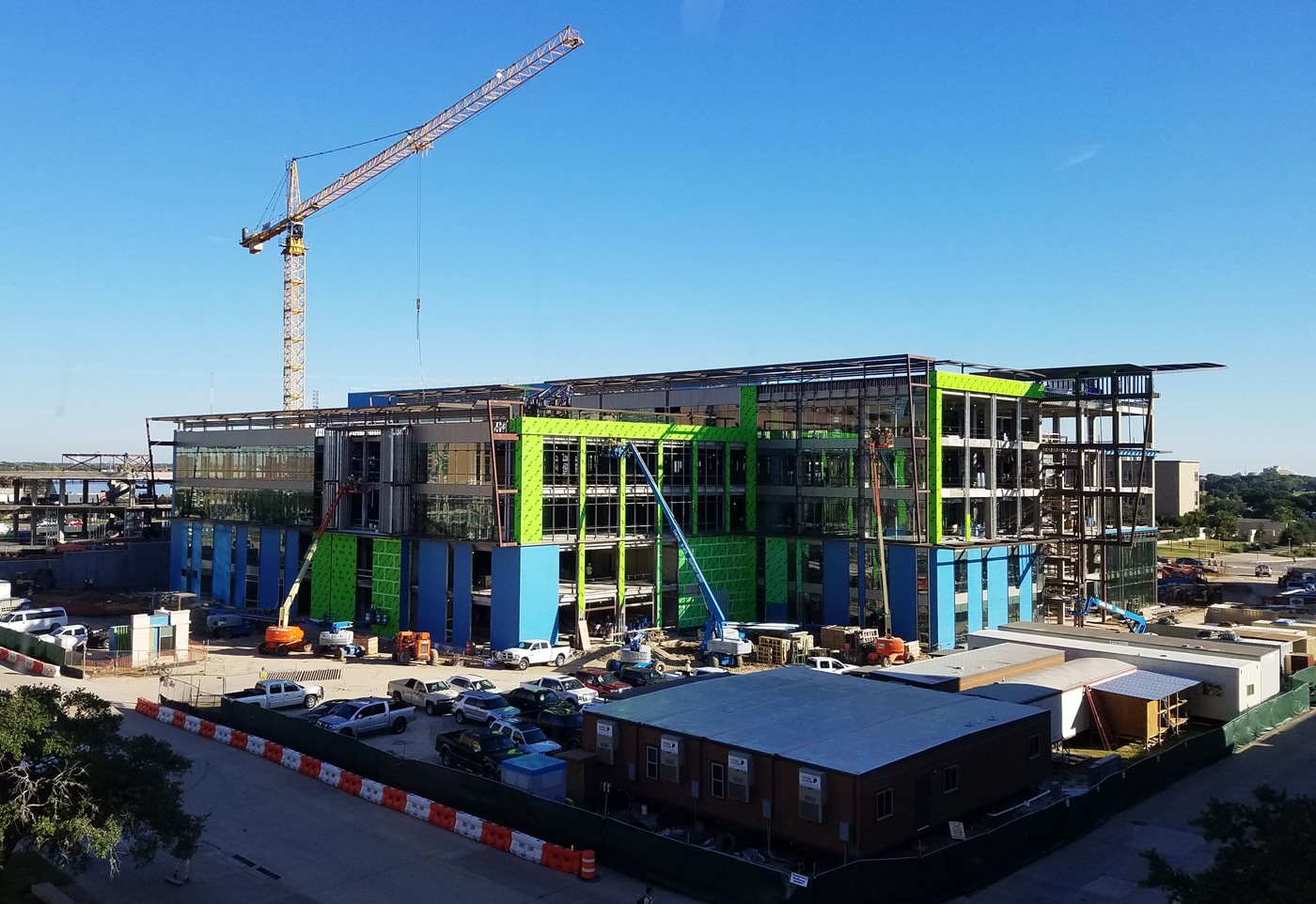September 2016

“New” can sometimes refer to something that is different or scary. However, there is no reason to be intimidated by something that is new! New can be exciting, new can be challenging! It all has to do with perspective and approach.
Texas A&M has a culture and history that sets it apart from any other university. While it can be a lot to adjust to at first, becoming familiar with the terminology and the events can help new-comers to adapt more easily to the city and also to the school.
A simple Google search for Aggie traditions brings up explanations of Midnight Yell, The Corps, The Century Tree, Muster … the list goes on and on. It can be confusing at first, wondering, “What is a Wildcat?” and even a little intimidating to hear people say, “Howdy!” However, all of the unique quirks are what make College Station not just another city in Texas, but Aggieland, The Home of the 12th Man.
There is always a learning curve when you’re exposed to something new. If you’re just starting into research for the first time (like most graduate students), chances are you don’t know enough technical information to dive straight into the project. First you have to read textbooks, conduct literature reviews, and ask a lot of questions. If you’re moving to a new place, it takes a while to adjust to the layout of the city, determine the best restaurants, and learn when rush hour traffic is. In situations like these, it just takes time to ride the learning curve to adjust and become familiar with the newness.
At Texas A&M, the undergraduate population seems a lot more active and involved in the traditions, while the graduate population is less hyped and excited about the rich history of Texas A&M. This is understandably because grad students are typically older and more focused on their studies. School and research should definitely be a top priority. (Everyone wants to graduate!) It is very easy to get caught up with class, research, and work, and not leave time for enjoying the atmosphere of such a unique town. Part of the excitement of moving to an entirely new location is being able to experience what it has to offer!
Thankfully this university offers many opportunities to get involved. The Office of Graduate and Professional Studies (OGAPS) created this blog just to allow current graduate students to share their experiences. The Graduate and Professional Student Council (GPSC) hosts events and offers networking opportunities. Most colleges and departments support student groups and host events. There are sports events year round. During the fall semester, some student organizations – majors, departments, and other groups – gather to tailgate before the home football games. There are so many opportunities to get involved in this community, meet new people, and have new experiences.
Something that is new does not need to be feared. Learning the traditions and participating in events is one way to feel less like an outsider and to feel more at home in Aggieland.
Kelsey Fieseler | Mechanical Engineering
Kelsey Fieseler is a first-year Master’s student in Mechanical Engineering from Sugar Land, Texas.